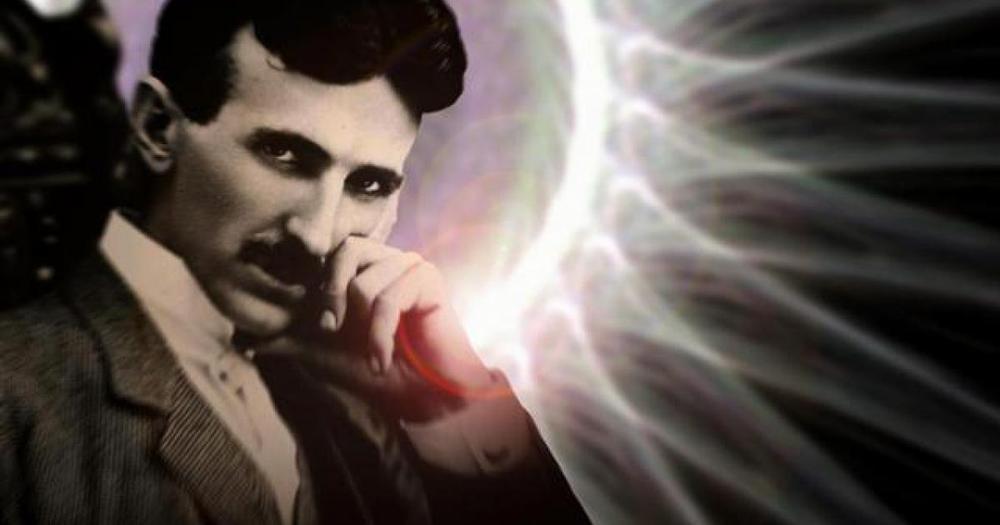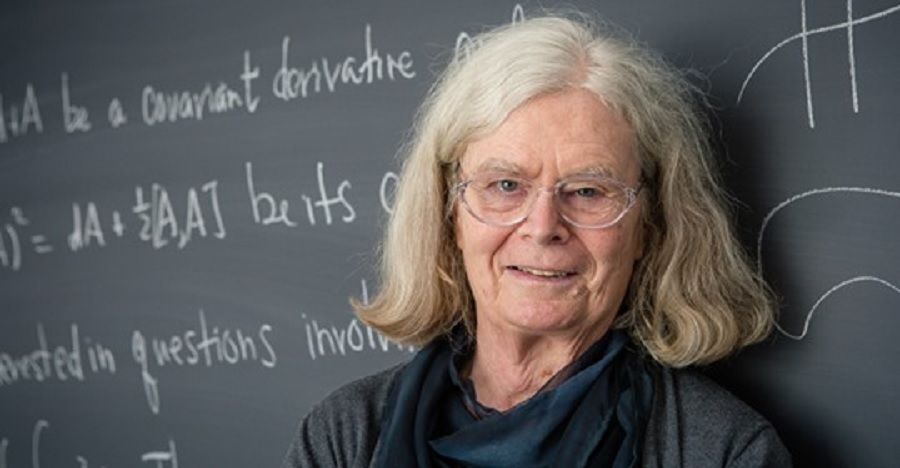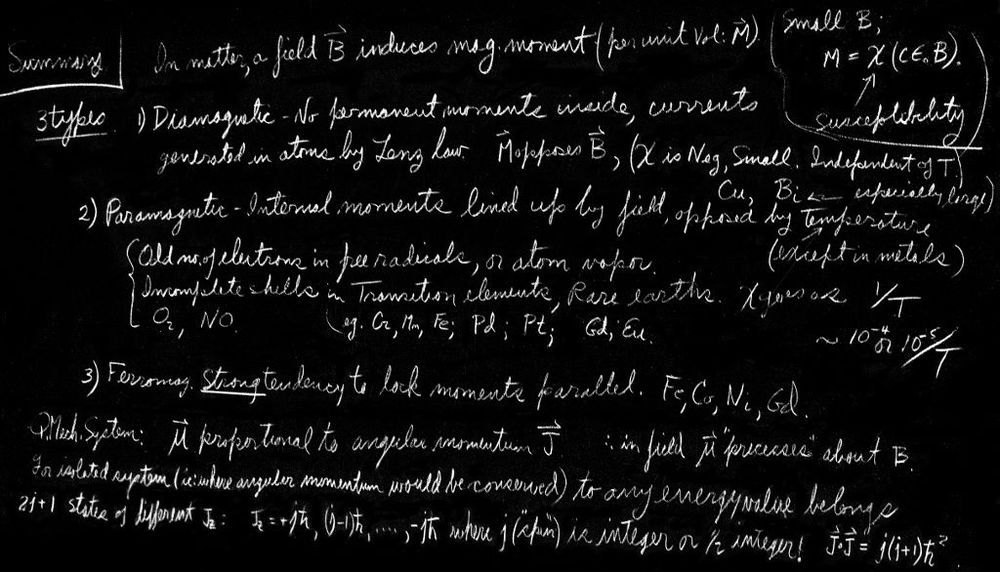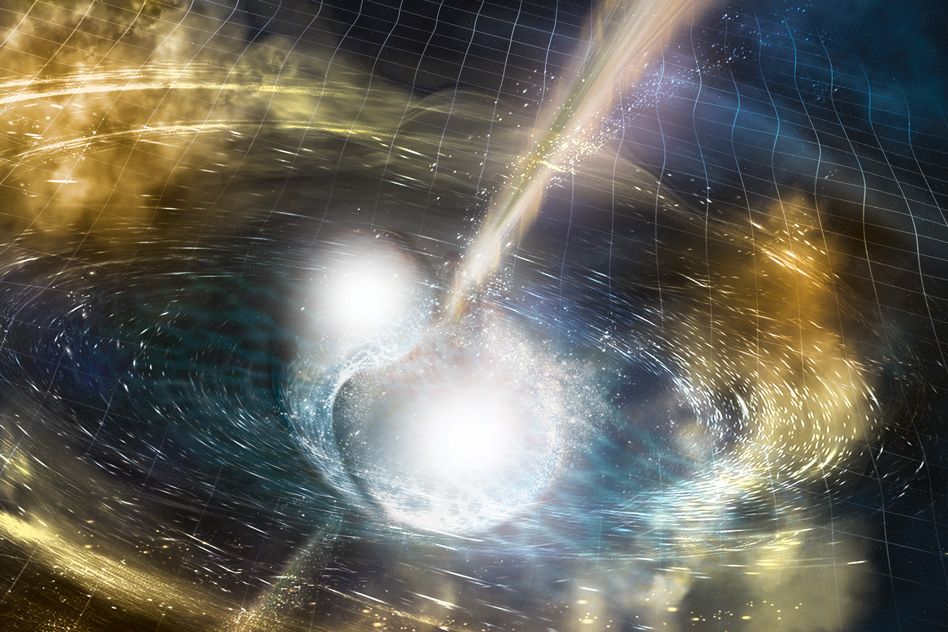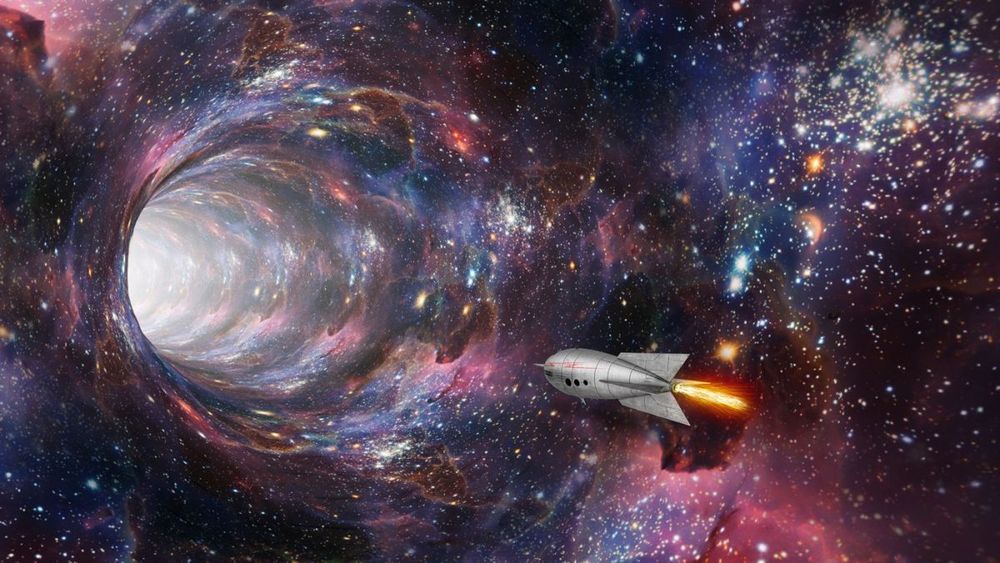Sep 4, 2019
Nikola Tesla On Antigravity Technology, Flying Saucers Powered By Tesla Coils And The Ether
Posted by Quinn Sena in categories: energy, physics
In the mid-1800’s to the early 1900’s Tesla file for more than 110 patents in varying technologies. From his magnifying transmitter, than uses an air coil or vortex to generate massive voltages, to wireless transmissions of power which Tesla used to prove transmission of data, power, and even lighting a layer of the strata as early as 1900. For this reason many consider Nikola Tesla to be one of the most brilliant scientists the world have ever seen.
Tesla’s dynamic theory of gravity explains the relation between gravity and electromagnetics in the same field. This was due to the presence of aether, also known as ether, which is a space-filling medium that is necessary for the propagation of forces either through electromagnetic or gravitational in nature. In plain English, Aether is the medium necessary for any exchange on these levels. Also, Aether was removed from theory in modern physics and was replaced with more abstract models. In looking at Tesla’s ideas and results; it appears that modern physics is wrong.
In the late 1800’s Tesla presented his Dynamic Theory of Gravity, which was a model over matter, Aether, and energy. Tesla’s version of this medium is closer to the gas theory and has extreme elasticity and a very high permeability. He also felt that Aether was much more common and filled all of the space.
